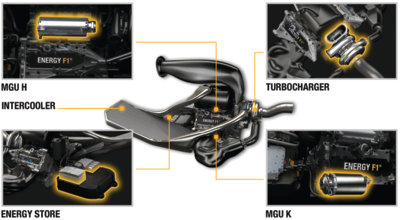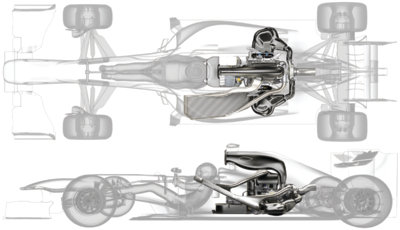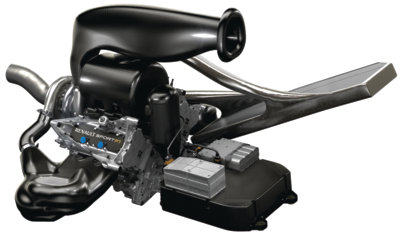






If an EV with a full battery won’t start, here’s how you can get it up and running.
Here’s a real-world scenario: A customer brings their EV into your shop for service, and it’s been there for quite a while because the parts are on backorder. After a few weeks, you get in the vehicle to move it out of your way, and the ignition won’t turn on. It’s acting like the battery is dead, so what do you do now?
Power windows are great as long as they roll up and down when commanded to do so.

A guide to probing and poking.

Here are some diesel air filter replacement tips in order to keep these vehicles running as intended.

There’s a reason diesels typically utilize compound turbo setups instead of twin turbochargers.

The criteria for setting the code is very basic.

Using care and following OEM procedures will help you to avoid unnecessary parts replacement and comebacks.

The alternator produces an AC current that must be converted into DC current by way of a rectifier.

A misalignment of the plane of the belt can occur when a pulley is not parallel to the other pulleys on the belt drive system.
